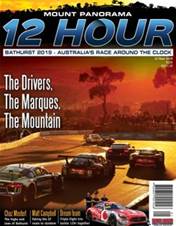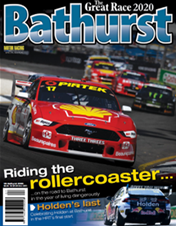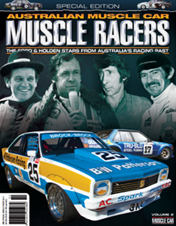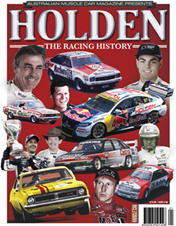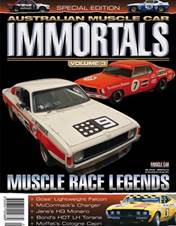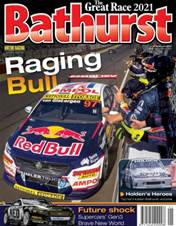Sedan racing began innocently enough in the mid-sixties with fields comprised mainly of Holden Humpies, with the occasional Zephyr, Morris Minor and Ford Customline thrown in for variety. Nobody took it too seriously. This category was initially promoted as crash and bash, and while a few drivers installed hot motors, the fans on the hill only wanted to see some mechanical biffo. All that changed in the summer of 1969/1970 when a young mechanic named Peter Crick turned up at Liverpool speedway towing a metallic blue 327 Monaro GTS. According to speedway tradition, Crick had rebuilt car 49 from a burnt-out shell, but the complete package was close enough to showroom condition to turn a lot of heads. And it flew.

Crickie’s Monaro was the first of the `series production’ style of speedway sedans and it turned the man from the outer-Sydney town of Camden into a folk hero. He was soon given the nickname, The Camden Cowboy. When he was joined by Rick Hunter and his canary-yellow Falcon GT this pair staged some amazing paint-swapping Ford-vs-Holden duels. Soon Peter Graham turned up in his silver Mini, supercharged no less, and was able to beat both V8s on occasion.

Suddenly, a new class of speedway muscle car was born and any remaining Humpies were either eliminated altogether or restricted to Division Two events. Within a year or two speedway’s version of improved production racing saw fields of roaring Mustangs (included a couple of Trans Ams) GT Falcons, Monaros and Toranas battling it out with packs of screaming Minis on dirt tracks throughout Australia. There were also oddball entries including a Ford Perana (a Ford Capri built in South Africa with V8 engine), Scott Dillon’s V8 Rambler (with fiberglass body) and Bill Warner’s massive Pontiac.

You have reached an article available exclusively to Premium members.
JOIN FROM AS LITTLE AS $6.66 A MONTH* FOR INSTANT ACCESS.
Already a member? Log in
* Billed annually at $79.90
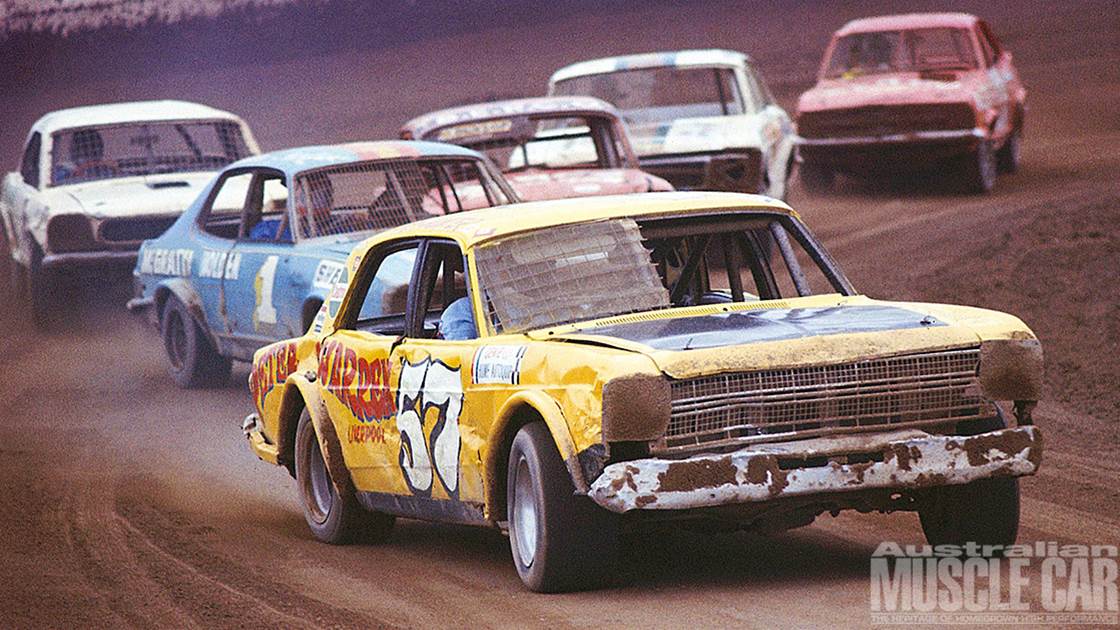




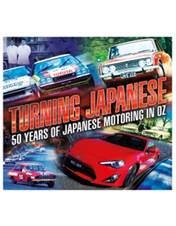
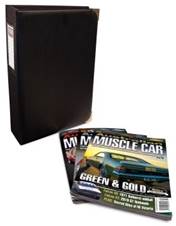
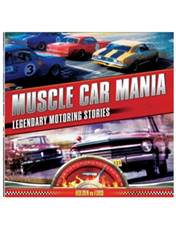
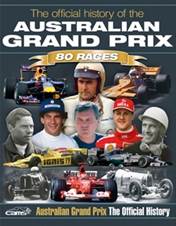
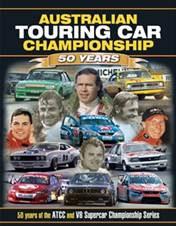
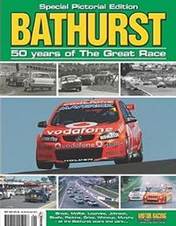
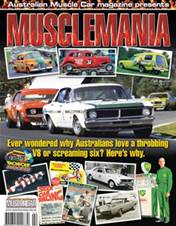
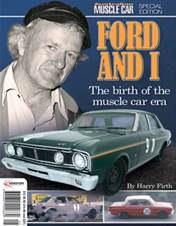
.jpg&q=70&h=226&w=176&c=1&s=1)
